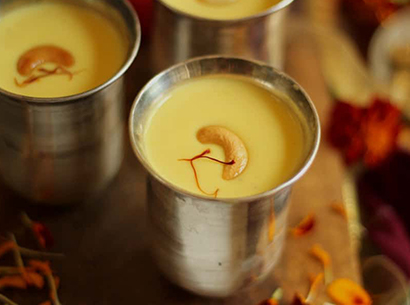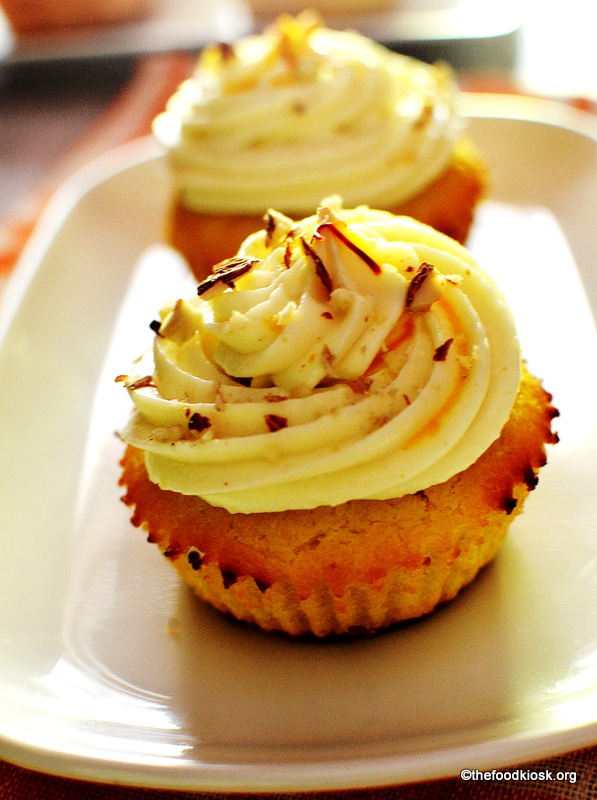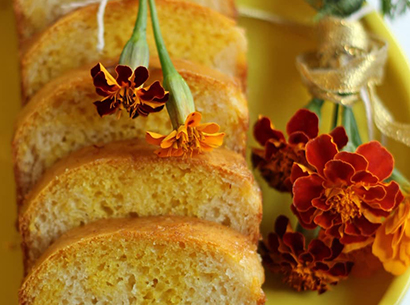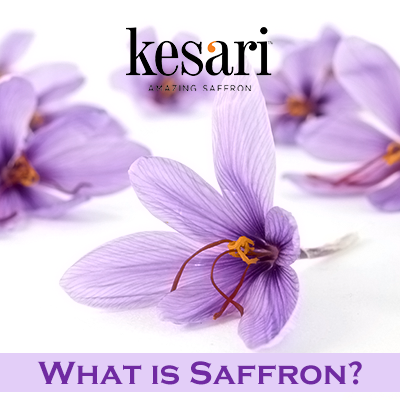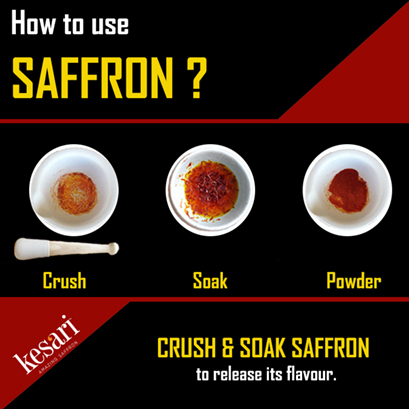How to use Saffron?
Saffron:
Saffron, also known as kumkumapoovu in Tamil, Zafran in Arabic, and Kesar in Hindi is referred to as the king of spices. It is used in most of the traditional dishes, and the saffron health benefits are known the world over. Prescribing saffron during pregnancy, though in small quantities, is an age old practice as it takes care of the typical hormone surges related with pregnancy, and helps control the mood swings successfully. Consuming just a few strands of original saffron mixed in milk helps regulate the blood pressure in pregnant women. Saffron also helps treat common complaints associated with pregnancy like constipation, flatulence, etc by enhancing blood flow to the digestive system.
Consuming small quantities of saffron during pregnancy helps in preventing morning sickness, by fighting the nausea and dizziness that most pregnant women suffer from during the early stages of pregnancy. Saffron is a great natural spice that can be consumed by normal women also. In addition to being an effective painkiller, kesar benefits include relief from joint and muscle aches, and helps prevent cramps. Moreover, original saffron is very beneficial for the heart, thanks to the presence of antioxidants, potassium and crocetin, which help control the accumulation of cholesterol and triglycerides in the blood.
Saffron has a calming and soothing effect on the body, and works as an effective, natural sedative. It helps cure sleeplessness, as drinking saffron mixed in a cup of warm milk helps get a good night’s sleep. Although saffron price is very high and beyond the reach of many,saffron benefits far outweigh the price. Saffron is great for teenagers as it also helps rectify hormonal imbalance and helps cure pimples and blemished skin. Apart from adding saffron to various dishes, the next best way to use saffron is to consume it after mixing it in warm milk.
How to use saffron:
- Saffron needs moisture to release its flavour. Press the Saffron threads between two aluminium sheets overcome its bitter after taste.
- Avoid putting saffron threads directly into what you are cooking.
Crushing:
Measure saffron threads before crushing. Note that a “pinch” of saffron equals about 20 medium threads, and a pinch is usually enough in generally most recipes that serve four to six people. Make Use of mortar and pestle to crush the threads. Remember that crushing saffron by hand or with a mortar and pestle doesn’t offer the most appealing appearance because the threads are no longer intact. However, you can still get a strong flavour, aroma, and colour from crushed saffron.
Soaking:
For a better burst of flavour soak the saffron threads in milk for 5 to 15 minutes before adding it to your dish. Then simply add it to the recipe. The longer the saffron soaks the yellowish the colour becomes.
Powdered Saffron:
Use a mortar and pestle to crush the saffron threads. Grind saffron threads to make it into powder. It’s better to go for fresh saffron strands instead of ground saffron as powdered saffron is much easy to adulterate, falsify and counterfeit. When shopping for powdered saffron, make sure to get it from reliable suppliers.
You may also like to get more tips on How to store saffron.

